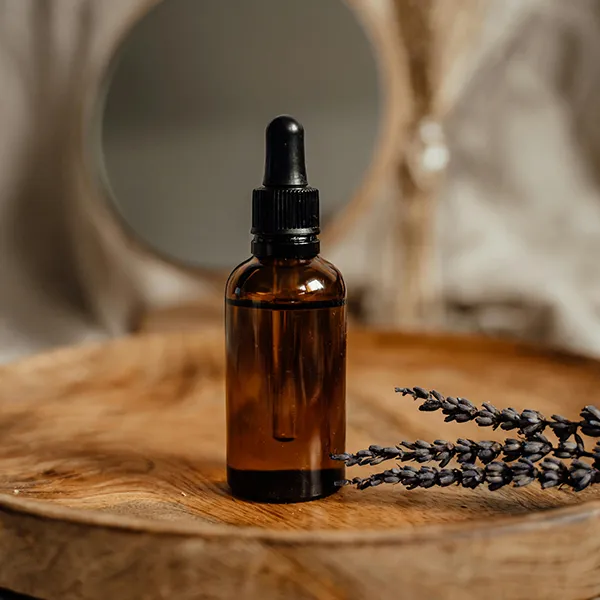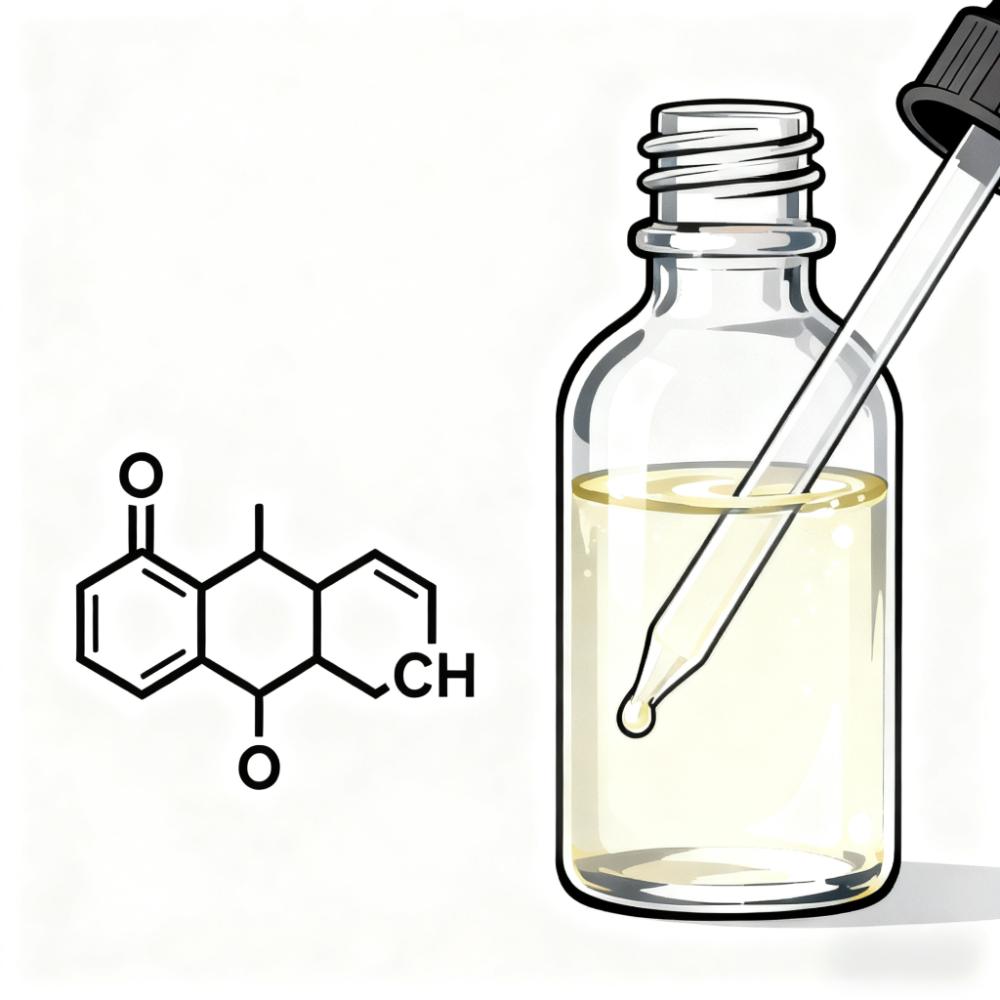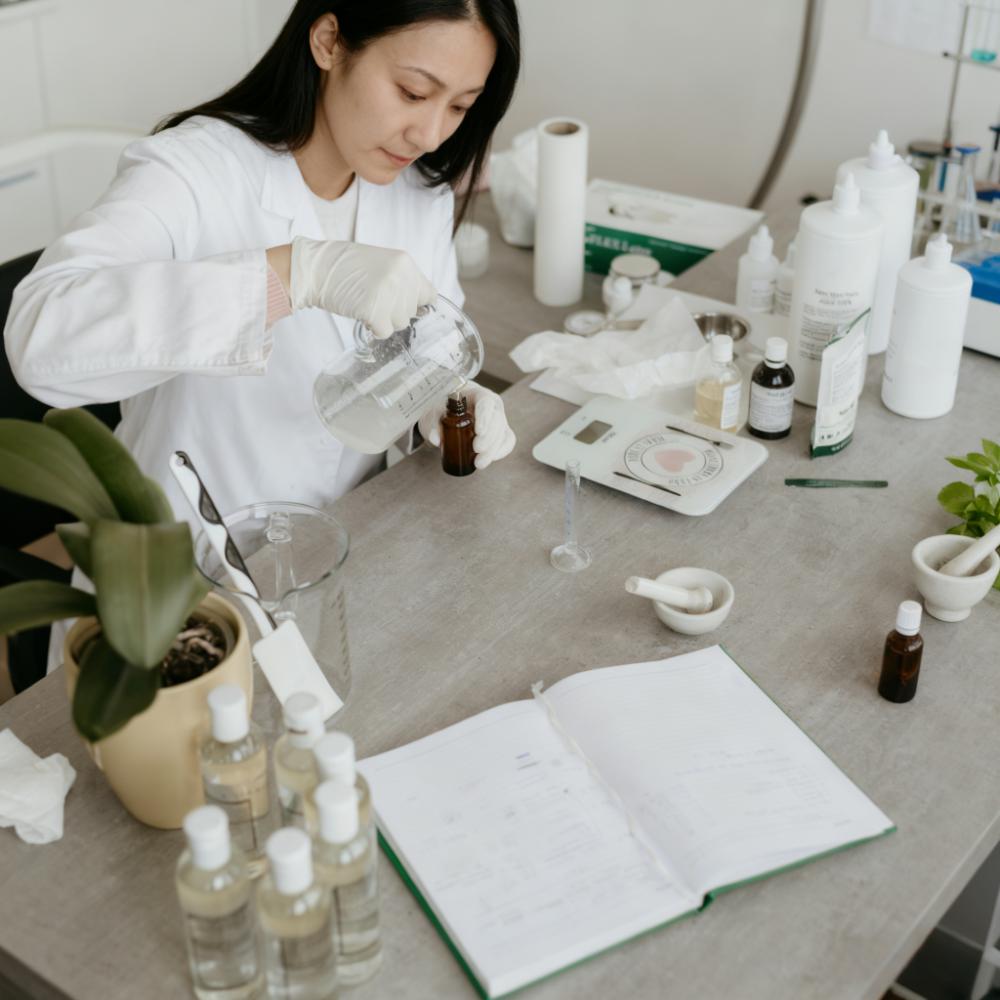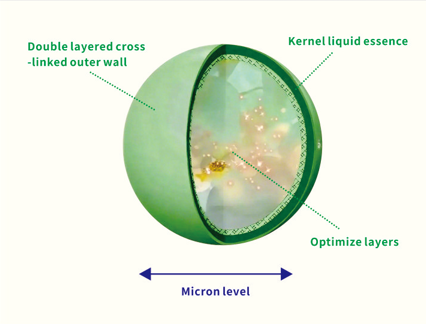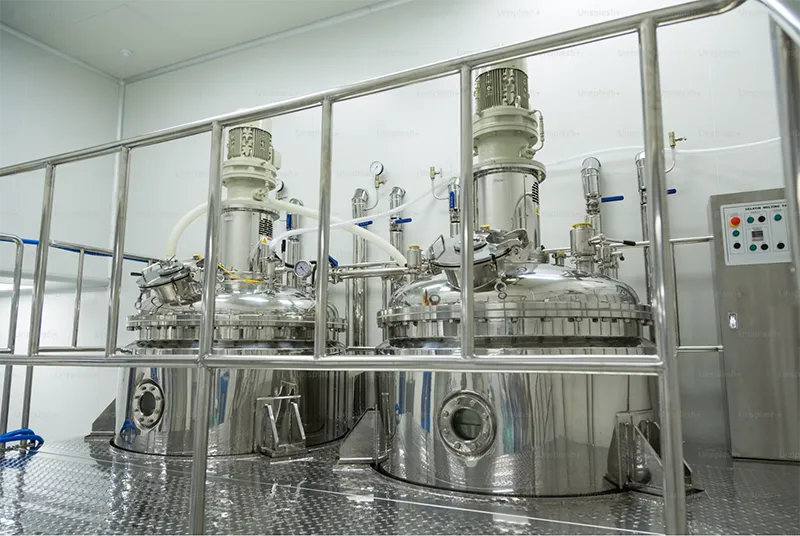Have you ever wondered what gives your favorite fragrance its captivating allure or your preferred snack its irresistible taste? The answer lies in the intricate world of Aroma Compounds and Flavor .While these terms are sometimes used interchangeably, they represent fundamentally distinct concepts. At Gar Aromas, we believe in transparency and scientific expertise. Let’s demystify these core elements that shape our sensory experiences.
Part 1: What is an Aroma Compound?
The Molecular Building Blocks of Scent
Think of an Aroma Compound as a single note in a grand symphony. It is an individual molecular substance that can be perceived by our sense of smell (olfaction) or taste (gustation). As defined by Wikipedia:”Aroma compounds (also called odorants, aromas, fragrances, or flavors) are chemical compounds that have a smell or odor. For an individual chemical or class of chemical compounds to impart a smell or fragrance, it must be sufficiently volatile for transmission via the air to the olfactory system.” https://en.wikipedia.org/wiki/Aroma_compound
These volatile organic compounds can be categorized based on their origin:
- Natural Aroma Compounds : Derived directly from biological sources through methods including steam distillation, solvent extraction, or enfleurage. Classic examples include:
- Essential Oils – Volatile hydrophobic concentrates
- Concretes – Solvent-extracted waxy materials
- Absolutes – Ethanol-purified aromatic liquids
- Resinoids – Resin-based extracts
- Hydrosols – Water-soluble distillates (e.g., rosewater)
- Synthetic Aroma Compounds : Created through organic synthesis and molecular engineering. These laboratory-crafted molecules either replicate natural aromas or create novel scent molecules not found in nature, ensuring consistency, scalability, and innovation in fragrance development.
In essence, aroma compounds are the fundamental molecular ingredients that form the basis of all scented products.
Part 2: What is Flavor?
The Art and Science of Olfaction-Gustation Integration
If an aroma compound is a single note, then Flavor represents the complete symphony. It is a sophisticated blend designed for specific sensory applications. Wikipedia further clarifies:
”Flavor or flavour is the sensory perception of taste and smell… It is the combination of these senses that produces the perception of flavor.”https://en.wikipedia.org/wiki/Flavor
A Flavor is therefore:
- A carefully engineered mixture of multiple aroma compounds (from several to hundreds)
- Designed according to precise olfactory-gustatory profiles
- Created to achieve specific sensory characteristics that single compounds cannot deliver
While technically describable as “Compounded Perfumes” , the term “Flavor” is professionally preferred for its precision. The critical distinction lies in their classification: aroma compounds by their molecular origin, while flavors by their functional application.
Aroma Compound vs. Flavor: Comparative Analysis
| Aspect | Aroma Compound | Flavor |
| Definition | A single molecular substance with scent properties | A blended mixture of multiple aroma compounds |
| Nature | Molecular building block | Engineered final product |
| Classification Basis | Chemical structure & origin | Functional application & purpose |
| Primary Categories | – Natural compounds – Synthetic molecules |
– Daily use flavors – Edible flavors – Industrial flavors |
| Functional Role | Provides basic scent characteristics | Delivers complex sensory experiences |
| Stability Profile | Variable based on molecular properties | Highly stable through formulation science |
| Direct Application | Rarely used directly in consumer products | Directly applied in finished goods |
Part 3: Flavor Classification: A Taxonomy of Sensory Applications
Flavors are categorized based on their functional applications:
- Fragrances: For personal and home care products including:
- Fragrance compositions: perfumes, colognes, air fresheners
- Cosmetic applications: shampoos, lotions, skincare formulations
- Household products: detergents, fabric softeners

2.Edible Flavors : For consumable products including:
-
-
- Food & beverage systems: snacks, confectionery, beverages
- Oral care products: toothpastes, mouthwashes
- Pharmaceutical applications: drug flavor masking
- Tobacco products: flavor enhancement

-
3.Industrial & Specialty Flavors : For technical applications including:
-
-
-
- Animal feed: palatability enhancers
- Consumer goods: scented papers, inks, textiles
- Industrial products: leather treatments, coating additives
-
-
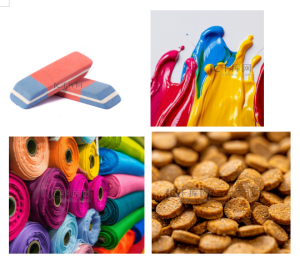
Gar Aromas: Expertise in Molecular Olfaction and Flavor Engineering
Understanding the distinction between fundamental aroma compounds and engineered flavors is essential for mastering olfactory-gustatory science. At Gar Aromas, we excel in both domains. Our expertise encompasses:
- Molecular sourcing and characterization of individual aroma compounds
- Advanced formulation science for creating perfect flavor systems
- Application-specific development across all flavor categories
Whether you’re developing luxury fragrances, innovative food products, advanced skincare formulations, or specialized industrial applications, Gar Aromas provides the scientific expertise, quality assurance, and creative innovation to transform your vision into sensory reality. Let’s create something extraordinary together. Explore the possibilities with Gar Aromas.


